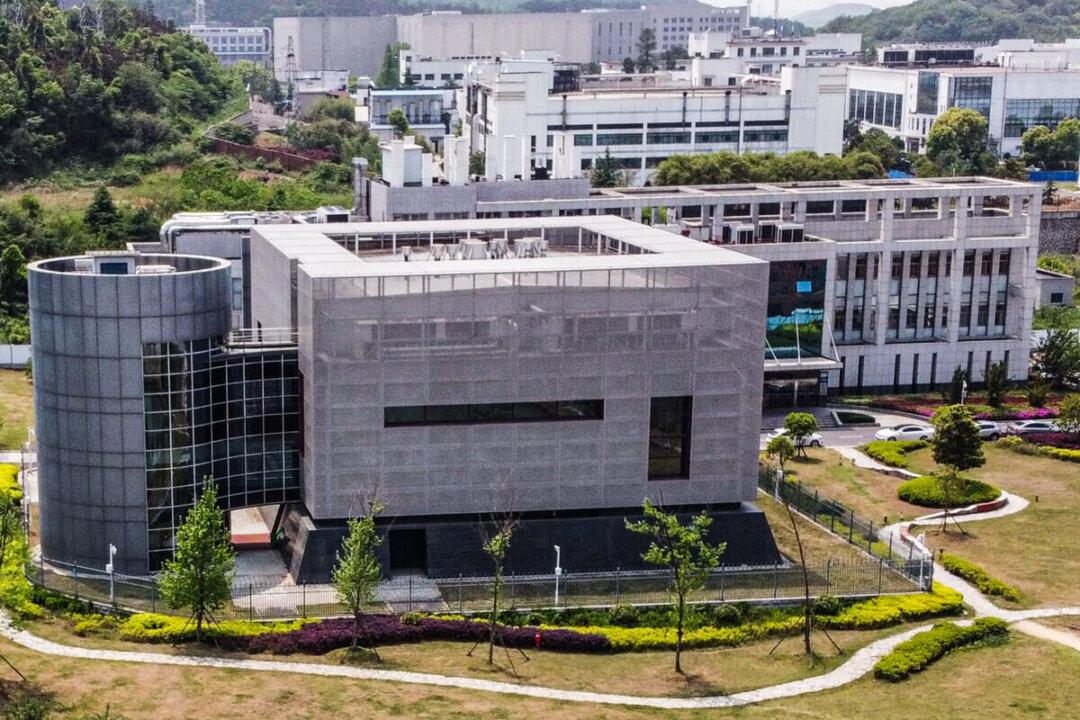It’s been almost two years since COVID-19 struck, and the origin of the virus remains a mystery. Did the virus jump from animals to humans in a natural spillover event, or was it the result of a laboratory leak? A new book explores these and other questions on the source of the coronavirus that has killed more than 5 million people worldwide to date.
“We don’t come to a conclusion, but we do lean towards the lab leak being slightly more likely at this stage,” said UK science writer Matt Ridley, who co-authored “Viral: The Search for the Origin of Covid-19” with Canadian molecular biologist Alina Chan, a postdoctoral researcher specializing in gene-therapy and cell engineering at the Broad Institute of MIT and Harvard University.





